
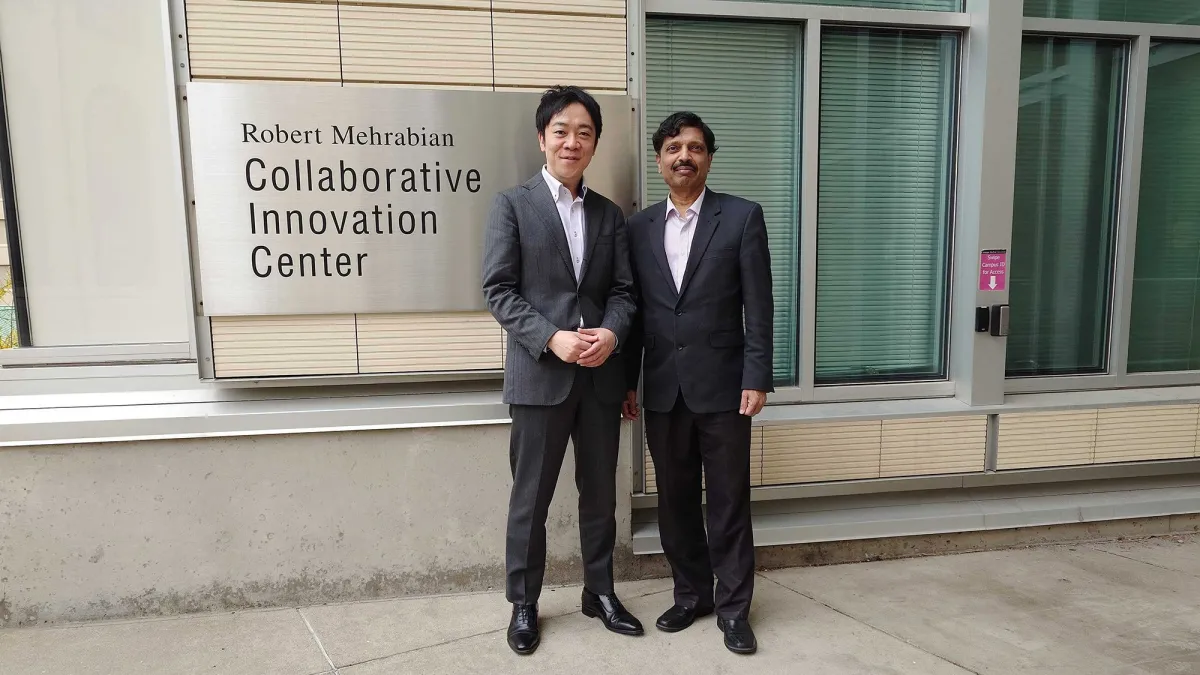
TIER IV Partners with Carnegie Mellon and Safety21 to Achieve Level 4+ Autonomous Driving
TIER IV Collaborates with Carnegie Mellon University and Safety21 for Level 4+ Autonomous Driving
TIER IV, a pioneer in the drive for autonomous driving democratization, is embarking on an innovative journey to realize the concept of Level 4+, a new class of autonomous driving. This ambitious initiative sees TIER IV teaming up with Carnegie Mellon University (CMU), a leading institution in robotics and AI, to create advanced hybrid architecture that seamlessly combines state-of-the-art data-driven AI with traditional robotics technologies. By doing so, they aim to significantly improve the scalability, explainability, and safety of autonomous driving systems while ensuring the decision-making process of embodied AI is transparent and verifiable in real-world applications.
The collaboration gains added strength through its relationship with Safety21, a national university transportation center led by CMU's Professor Raj Rajkumar under the auspices of the U.S. Department of Transportation. Additionally, TIER IV is joining the advisory council at Safety21, actively participating in the dissemination of its values and societal significance via the open-source software, Autoware. This initiative aims to strike a balance between safety and user experience in autonomous driving developments.
Background of Autonomous Driving Technology
Traditional Level 4 autonomous driving relies on probabilistic estimation and machine learning, leveraging high-definition maps and detailed rule definitions. It uses a variety of environmental data for key functionalities such as sensing, self-localization, environmental recognition, route planning, and control. Autoware has been developed on this architecture and is utilized across autonomous driving systems globally.
The new Level 4+ initiative is a conceptual innovation positioned between the established levels 4 and 5 according to the SAE J3016 classification. While adhering to Level 4 for human roles, it partially integrates Level 5 functionalities to define a flexible operational design domain (ODD) that accommodates a wider variety of scenarios, including those previously deemed unmanageable.
Level 4+ Capabilities
The systems under Level 4+ still do not rely on human intervention for dynamic driving tasks, akin to traditional Level 4 systems. However, they can adapt to external inputs, such as advice from human operators or roadside assistance, enhancing their capacity to respond to environmental changes within the designated target operational domain (TOD). Tactical and operational functions remain the responsibility of the system, ensuring autonomous safety measures are operational.
This level of flexibility allows human operators to adjust routes while providing strategic direction to align ODD and TOD, enabling a collaborative relationship between humans and machines.
The Role of End-to-End AI
The End-to-End AI model signifies a crucial approach in achieving Level 4+, relying on vast amounts of data and providing transparency in the decision-making process. However, it faces challenges, including the risk of becoming a black box, complicating safety validation and generalization performance assessment. To counter these, a new architecture that promotes structural transparency and verifiability must be developed for real-life implementation.
Collaborative Development Overview
TIER IV and CMU are set to co-develop a next-generation autonomous driving system built on the Autoware platform. This partnership aims to advance scalability, explainability, and safety in their pursuits. They plan to design a hybrid architecture that modularizes the End-to-End AI model while integrating traditional robotics technologies.
Key focus areas include visualizing the inference process of the End-to-End AI and enhancing situational awareness capabilities that support minimum risk maneuvers (MRM) in unknown conditions. By resolving these implementation challenges, they aim to establish an autonomous driving architecture that meets accountability, safety evaluations, and regulatory compliance in practical operations.
Project Timeline and Goals
This collaboration is structured as a three-year project. In its first year, they aim to develop a reference vehicle equipped with Autoware-based functionalities for testing in Tokyo and Pittsburgh. This vehicle will gather data in real-world environments, facilitating verification and evaluation through closed-loop tests and public trials. Any insights gained will be incorporated back into the Autoware project and the open-source community.
From the second year onwards, the focus will shift to system safety technologies to facilitate reliable social implementation, ensuring all necessary evaluations for automated driving device approvals and specific operational permissions are in place.
Comments from TIER IV's CEO
TIER IV's CEO, Manpei Kato, emphasized that this collaboration marks a significant step towards creating a safer, scalable, and accountable autonomous driving system by harnessing cutting-edge AI and robotics strengths. Through their partnership with Carnegie Mellon University, they aim to accelerate the evolution of Autoware and communicate the value of open source to society, collaboratively shaping the future of mobility.
Insights from Raj Rajkumar
Professor Raj Rajkumar, the George Westinghouse Professor at CMU, recognized the integration of modular End-to-End AI with robotics technology as a critical milestone in realizing Level 4+. He expresses confidence that through this collaboration, they will deepen understanding of AI utilization in autonomous driving, achieving safer and more efficient system deployments.
About TIER IV
TIER IV is a deep-tech company on a mission to democratize autonomous driving by spearheading the development of the world’s first open-source autonomous driving software, Autoware. With a software platform that utilizes Autoware, TIER IV addresses market needs with tailored solutions.
About Carnegie Mellon University
Based in Pittsburgh, Pennsylvania, Carnegie Mellon University is a prestigious private institution known for its research and education in computer science, AI, robotics, and more, playing a vital role in shaping the autonomous driving sector.
About Safety21
Safety21 is an initiative led by CMU, established to foster a safer, more efficient traffic network through innovative technology and policy development within the realm of autonomous vehicles and smart city frameworks.
Raj Rajkumar's Profile
Professor Raj Rajkumar is a pioneer in connected and autonomous driving technology, overseeing Safety21 and Metro21 at CMU, and contributing immensely to the research landscape in this field.
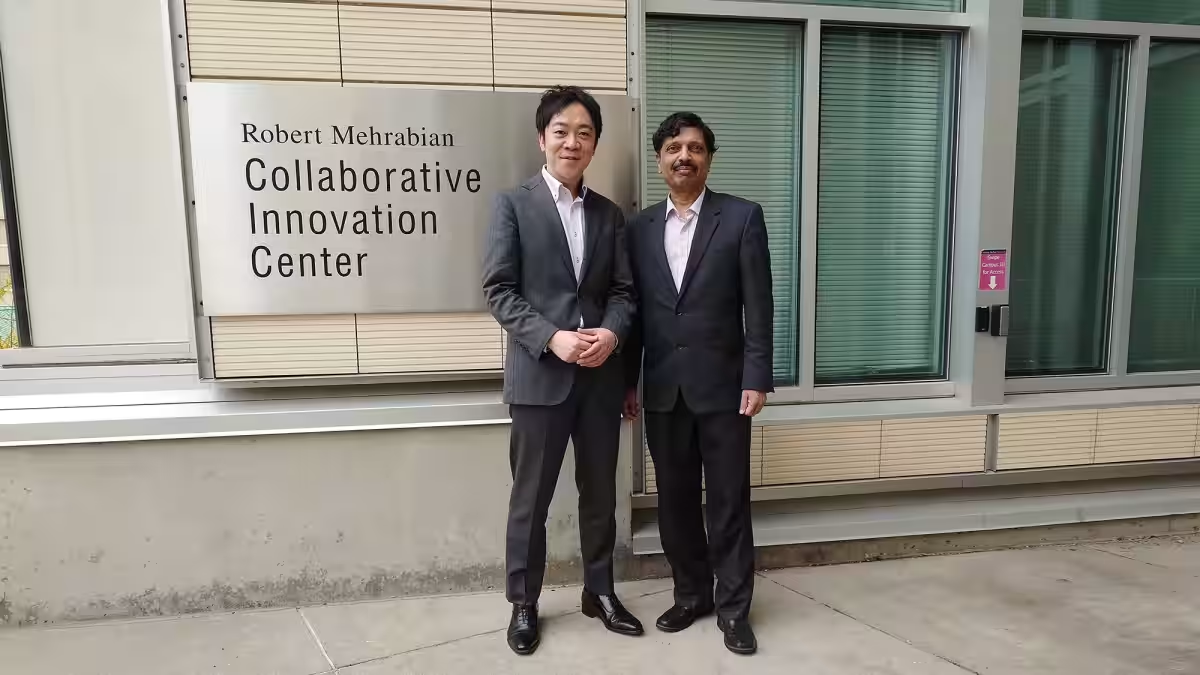
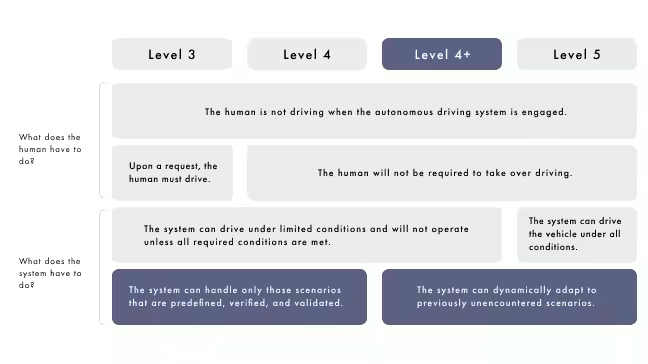
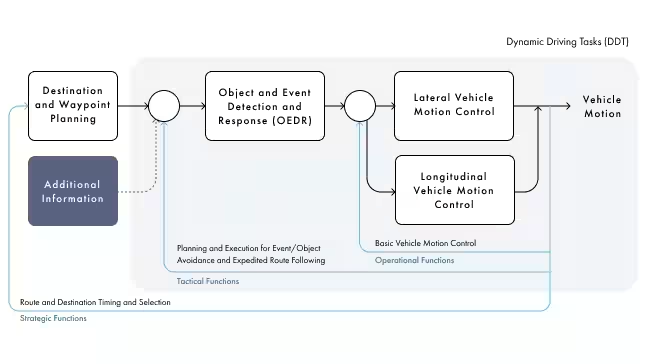
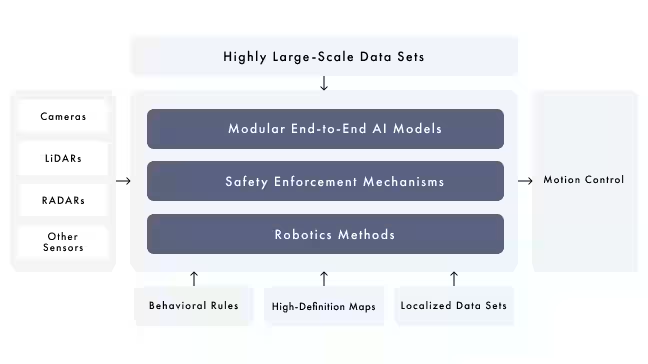
Topics Consumer Technology)










【About Using Articles】
You can freely use the title and article content by linking to the page where the article is posted.
※ Images cannot be used.
【About Links】
Links are free to use.